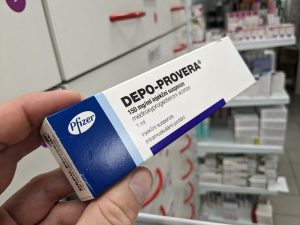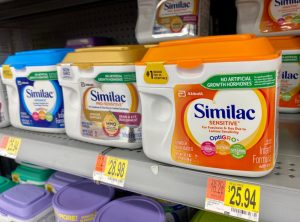A growing number of lawsuits are being filed against social media companies like Facebook, Instagram, and Snapchat, alleging that teens suffered physical and mental injuries after becoming addicted to social media. This page will explain the eligibility criteria for bringing a social media addiction lawsuit and how our firm screens potential social media addiction cases.
About the Social Media Addiction Lawsuits
Over the last few years, a wave of injury lawsuits have been filed against social media platforms like Instagram, Facebook, and others, alleging that teens became addicted to these platforms and suffered physical and mental damage as a result. The social media lawsuits are based on two primary allegations: (1) the social media companies knowingly designed their platforms to get teenagers addicted to using them, and (2) addiction to social media caused significant physical and mental harm to younger users.










